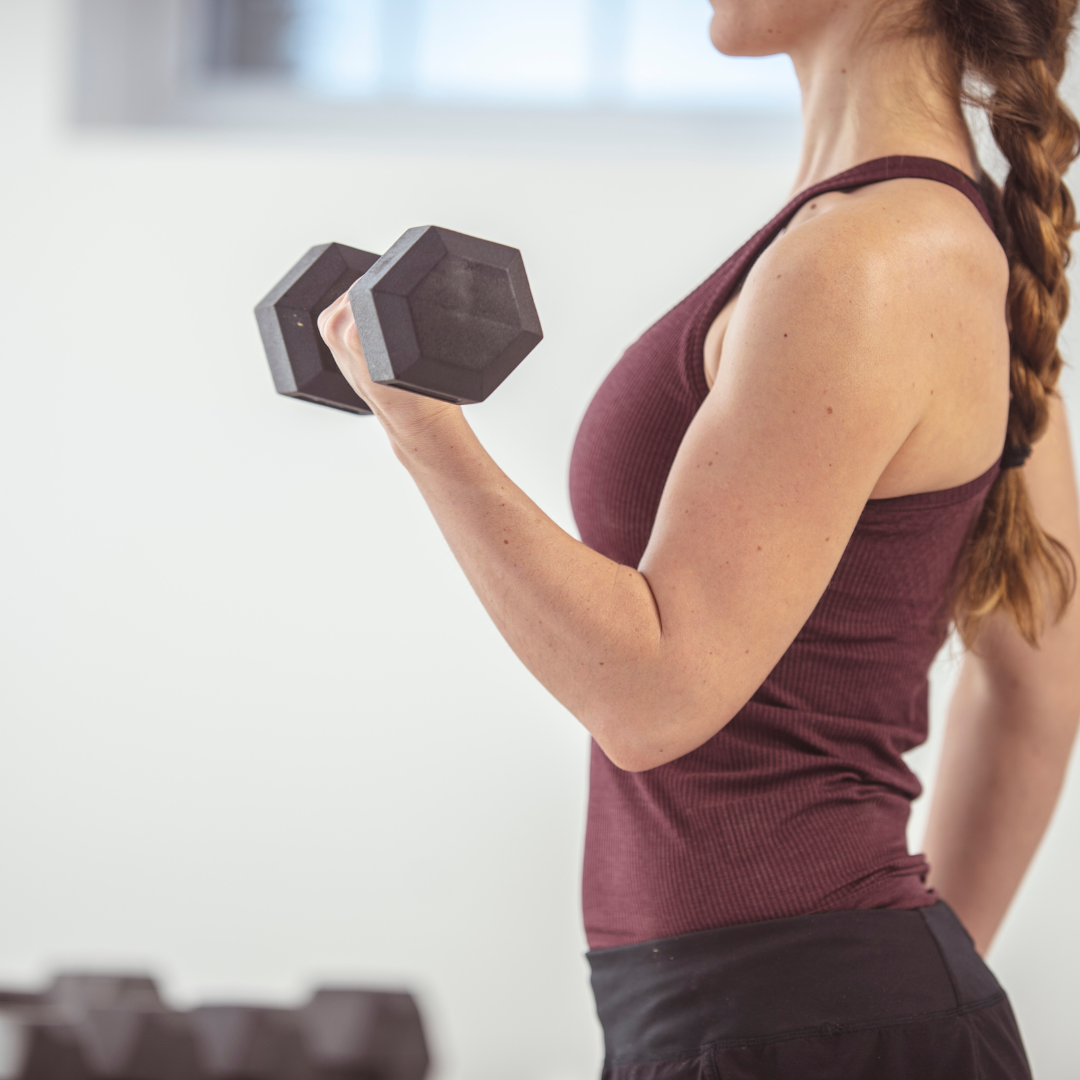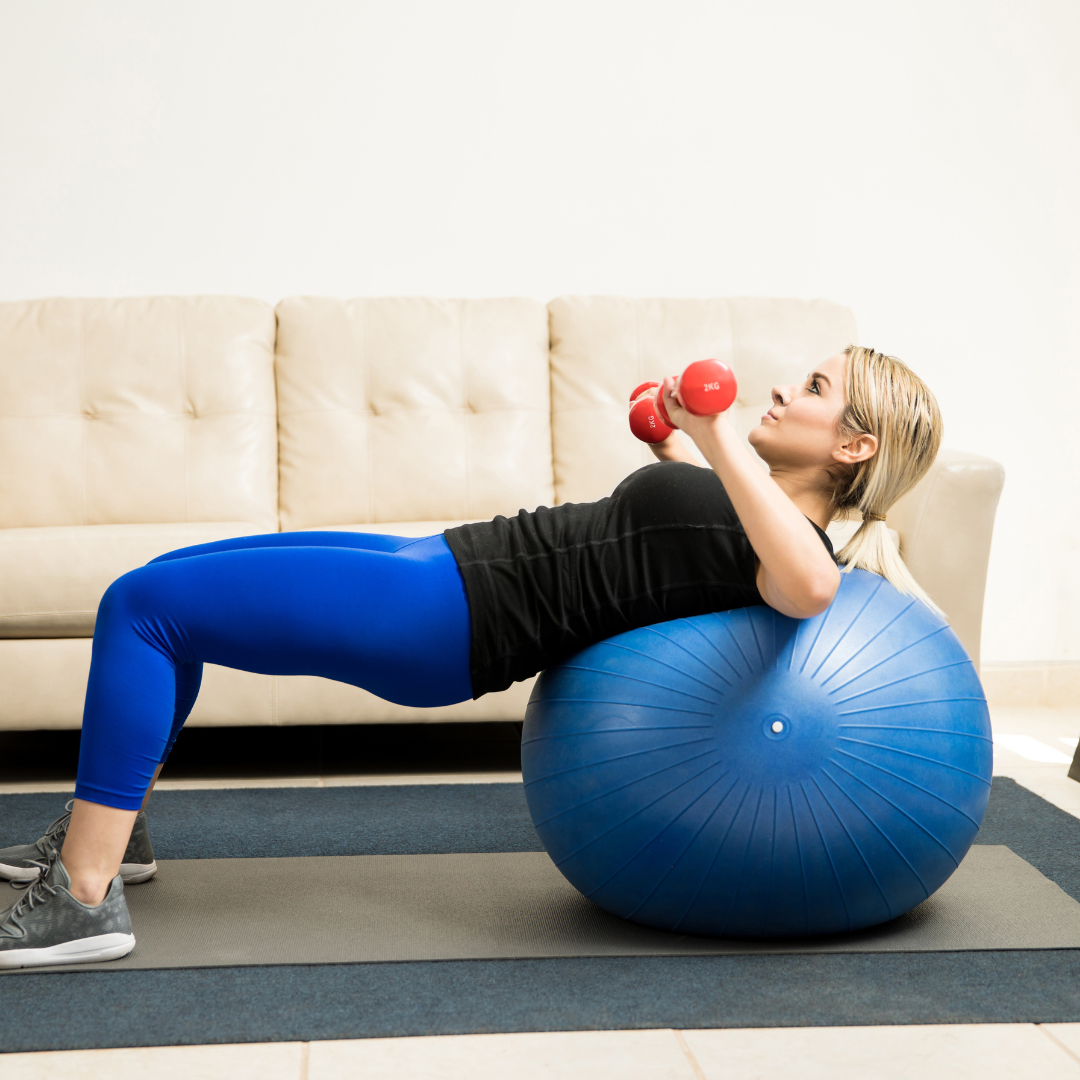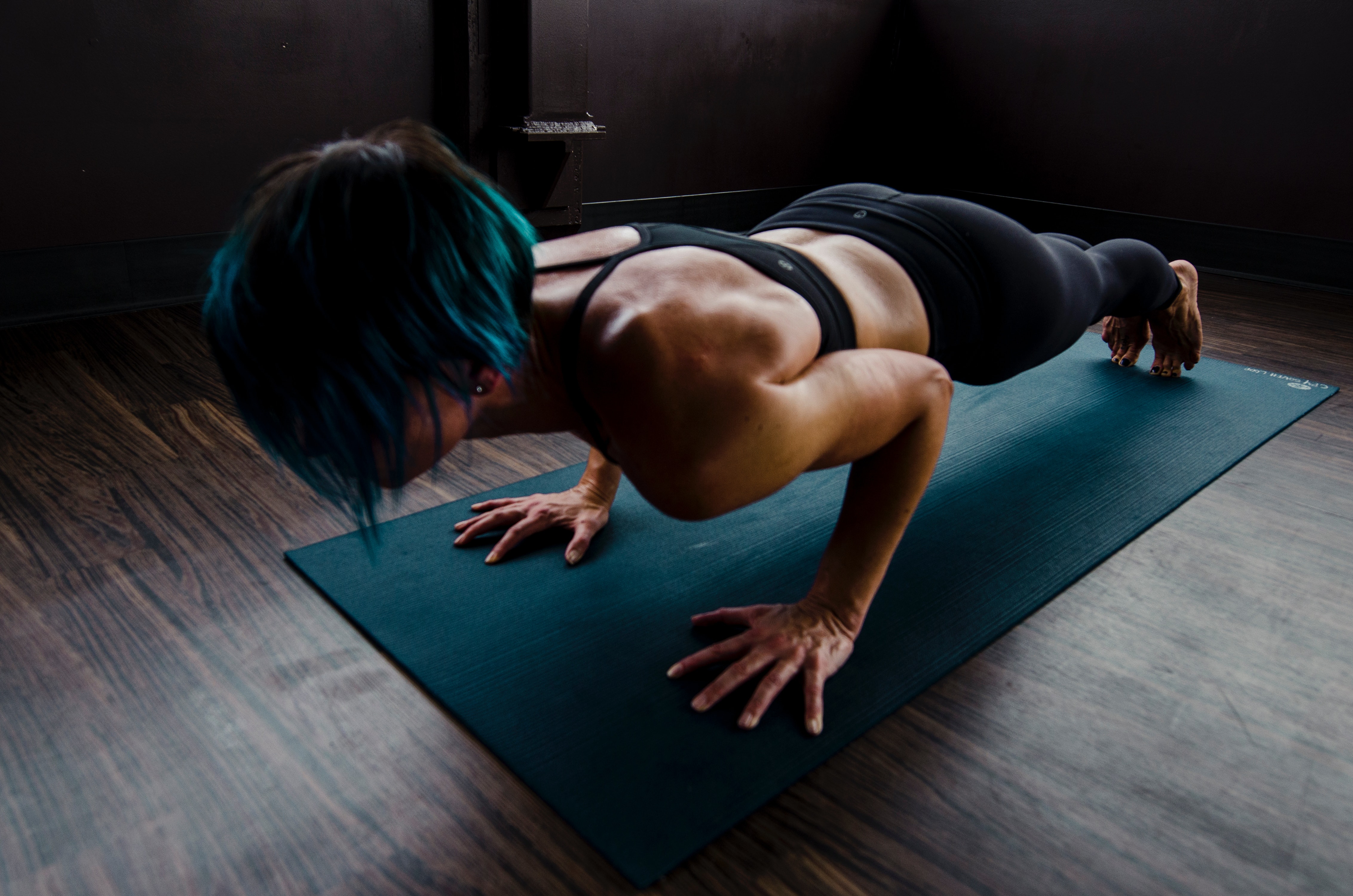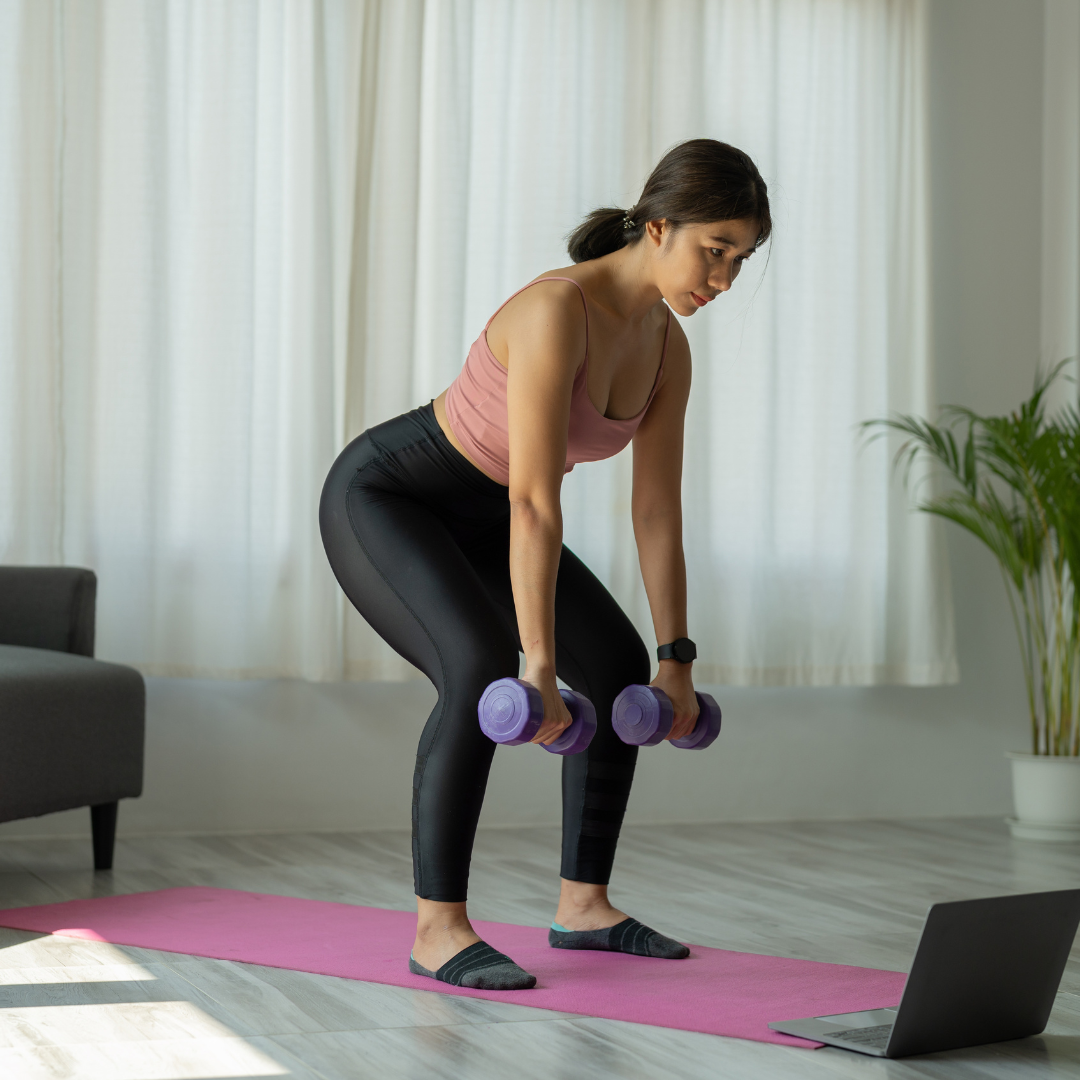Beginning a Weight Training Program
Beginning a weight training program can be a great way for women over 40 to improve their health, strength, and overall well-being. While starting any new exercise routine can be intimidating, weight training can be particularly daunting, especially for those who have never lifted weights before. However, with the right approach, anyone can begin a safe and effective weight training program.
Weight training can be an excellent way for women over 40 to maintain and improve their health and fitness levels. As women age, their bodies undergo several changes that can make weight training more challenging but also more important. In this article, we'll cover everything you need to know about beginning a weight training program as a woman going through menopause or perimenopause.

Benefits of Weight Training for Women Over 40
There are many benefits to weight training, particularly for women over 40. Some of these benefits include:
- Increased bone density: Weight training can help increase bone density, which is important for women as they age and become more at risk for osteoporosis.
- Improved muscle strength: Weight training can help improve muscle strength and prevent muscle loss that naturally occurs as women age.
- Increased metabolism: Weight training can increase your metabolism, helping you burn more calories throughout the day.
- Improved balance and coordination: Weight training can improve balance and coordination, reducing the risk of falls and injuries.
- Reduced risk of chronic diseases: Weight training has been shown to reduce the risk of chronic diseases such as heart disease, type 2 diabetes, and some cancers.
- Improved mental health: Weight training has been shown to improve mental health and reduce symptoms of anxiety and depression.

Beginning A Weight Training Program
Getting Started with a Weight Training Program
If you're just beginning a weight training program, it's important to start slowly and gradually build up your strength and endurance. Here are some tips for getting started:
- Consult with your doctor: Before starting any new exercise program, it's important to consult with your doctor to make sure it's safe for you.
- Start with bodyweight exercises: If you're new to weight training, start with bodyweight exercises such as squats, lunges, push-ups, and planks. These exercises will help build strength and prepare you for using weights.
- Choose the right weight: When you're ready to start using weights, choose a weight that is challenging but manageable. You should be able to complete 8-12 reps with good form.
- Focus on form: Proper form is important to prevent injuries and ensure that you're targeting the right muscles. If you're not sure how to perform an exercise correctly, consider working with a personal trainer or watching videos online.
- Rest and recover: Rest and recovery are just as important as the exercise itself. Make sure to give your muscles time to rest and recover between workouts.
- Gradually increase intensity: As you become stronger, gradually increase the weight or reps to continue challenging yourself and making progress.

Getting started with weight training
If you're new to weight training, it's important to start slowly and gradually increase the intensity and duration of your workouts. It's also a good idea to consult with a certified personal trainer or strength coach who can help you develop a safe and effective program that's tailored to your specific goals and needs. You may also want to start with bodyweight exercises or lighter weights before progressing to heavier weights or more advanced movements.
For those who have trained in the past but have taken a break, it's important to ease back into weight training gradually. It's normal to experience some soreness and fatigue when starting a new program, but it's important to listen to your body and avoid pushing yourself too hard too soon. A personal trainer can help you develop a program that's appropriate for your current fitness level and goals.

Home Gym Equipment for Women over 40
Having some basic home gym equipment can be helpful for women over 40 who want to begin a weight training program. While there are many options to choose from, some of the most beneficial pieces of equipment that I would suggest you include:
- Dumbbells: Dumbbells are versatile and can be used for a wide range of exercises, from bicep curls to lunges. Ideally have two pairs - one lighter and one heavier like 8lbs and 12lbs.
- Resistance bands: Resistance bands are lightweight, portable, and can be used for a variety of upper and lower body exercises. I recommend the thicker ones that are made of heavy cloth and elastic over just the plastic bands because they roll up and can snap sometimes.
- Stability ball: A stability ball can be used for core exercises, as well as for upper and lower body exercises. It can also replace a bench and helps you to utilize your core with all exercises.
- Kettlebell: Kettlebells are great for full-body exercises and can be used for both strength training and cardio.
- Yoga mat: A yoga mat can provide cushioning and support for floor exercises and stretching.
In conclusion, beginning a weight training program can be a great way for women over 40 to improve their health, strength, and overall well-being. By starting slowly, working with a personal trainer, and having some basic home gym equipment on hand, anyone can begin a safe and effective weight training program.

Sample Weight Training Program for Women Over 40
Here's a sample weight training program for women over 40 that includes a mix of bodyweight exercises and weight training exercises:
Warm-up: 5-10 minutes of cardio (e.g. walking, jogging, jumping jacks)
Circuit 1:
- Squats (bodyweight or with dumbbells) – 3 sets of 10-12 reps
- Lunges (bodyweight or with dumbbells) – 3 sets of 10-12 reps each leg
- Push-ups (modified or full) – 3 sets of 10-12 reps
- Plank – hold for 30-60 seconds
Rest 1-2 minutes between each set.
Circuit 2:
- Dumbbell bench press – 3 sets of 10-12 reps
- Seated dumbbell shoulder press – 3 sets of 10-12 reps
- Bent-over dumbbell rows – 3 sets of 10-12 reps
- Bicep curls – 3 sets of 10-12 reps
Rest 1-2 minutes between each set.
Cool-down: 5-10 minutes of stretching















